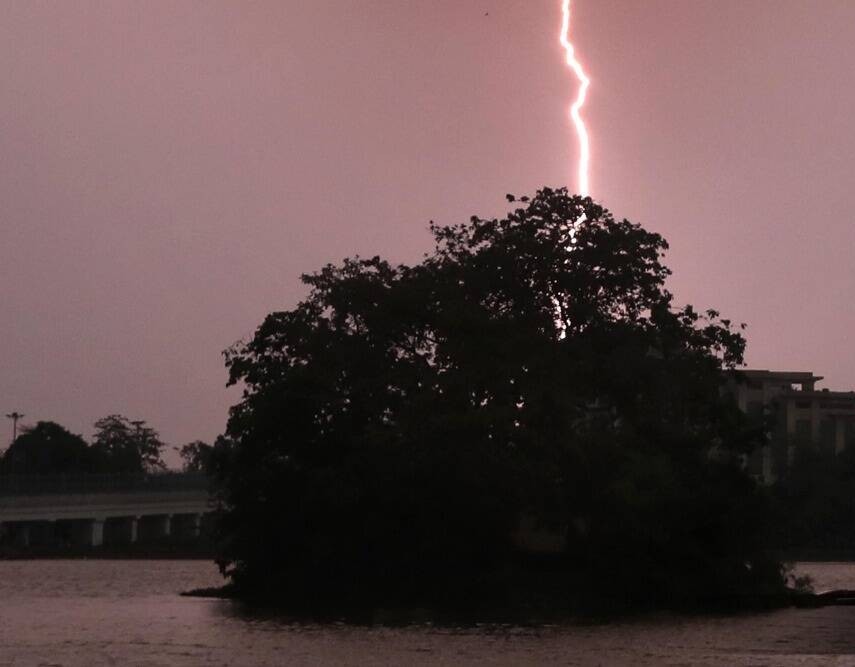Free Courses Sale ends Soon, Get It Now


Free Courses Sale ends Soon, Get It Now



Disclaimer: Copyright infringement not intended.
Context: Climate change might lead to more wildfire-inducing ‘hot lightning’ strikes: a new study says
Details:
What are the findings of the latest study?
What is lightning and how does it occur?
Read more: https://www.iasgyan.in/daily-current-affairs/wildfires-2
|
PRACTICE QUESTION Q) What is hot lightning? Discuss its role in causing wildfires. (150 words) |
© 2024 iasgyan. All right reserved